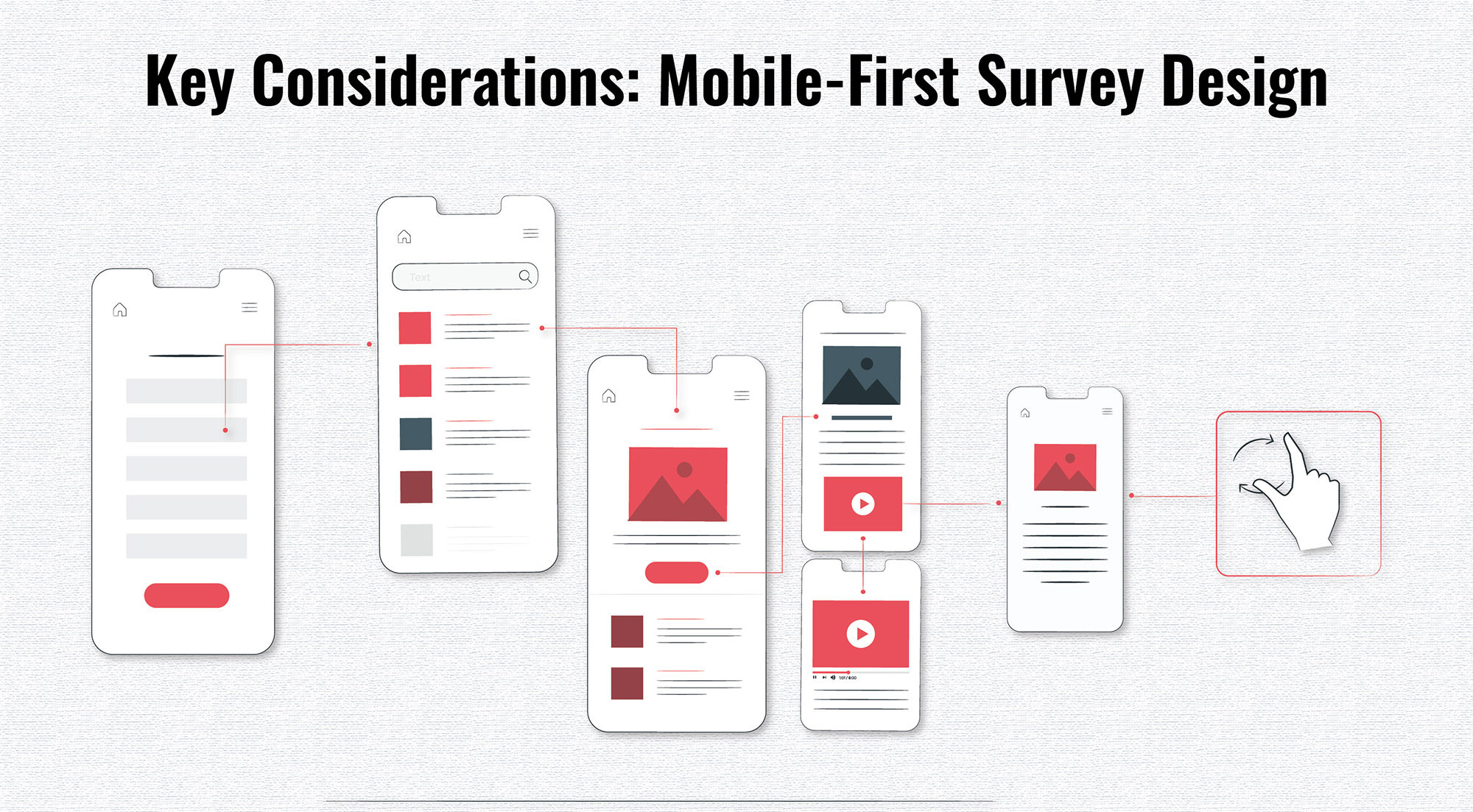“Every failed idea from the dot com bubble would work now”- Marc Andreesen, co-founder- Andreessen Horowitz
With over 6.3 billion smartphone users in the world right now and expected to grow by several hundred million in the next few years, with China, India, and United States leading the way, we are looking at an indispensable platform to reach people. Smartphones have an absolute role to play in engaging with stakeholders.
Let’s discuss the “WHY”
Why should a medium-sized business invest in a mobile-first survey tool?
Here are a few of our favorite reasons:-
On the spot customer satisfaction
Ideal for restaurants, art galleries, and cafes. Hand your customers your mobile device and invite them to comment on their experience right before they leave your establishment. An effective way to let them know that you care about their opinions.
Following up
At times customers might decline, but that need not be the end. An alternative to an in-store survey is to provide them with a short link for them to answer it later at their convenience.
Higher response rates
A key influencer behind high response rates is access to questionnaires at points of audience interaction or experience.
Multiply your impact
A well-designed survey improves relationships and can act as a message amplifier. You can extend the reach of your survey by asking your contacts to post, tweet, and share it on their social and professional networks.
Faster rewards and heightened customer engagement
An in-store survey enables brand custodians to meet their product users in person. A great opportunity to award an incentive to encourage them to complete their surveys and introduce new customer experience elements.
Real-time feedback
Last, but certainly not least valuable is the ability to gain a quick sense of how the audience or the customer is experiencing the product or an event. Say, the CEO is delivering a provocative speech at an event, or you are launching a cool new product- you can right away launch subtle but intelligent polls to gain audience feedback.
Organizations ought to complement a digital survey model with a mobile-first survey model. The scope of this post is to relearn old lessons and share key considerations behind designing smartphone-centric surveys.
Make Surveys Finger-friendly
Surveys should be easy to navigate and designed to minimize sliders and drop-down lists. Intuitive features such as drop-down lists arranged as per alphabetical or numerical hierarchy improve survey navigation.
Finger-friendly also means a short attention span. The inclusion of open-ended questions should be based on careful deliberation.
Design constraints into your framework, such as eliminating horizontal scrolling and limiting screen transitions.
Minimalism Improves Engagement
Limiting logo display to welcome and closing screens and placing them on the top left corner and reducing all non-essential, non-question content like conversational language or progress bars drastically improves readability.
Designing questions with as few words as possible and using bold or underlining to highlight points of emphasis is another good idea. Another good practice is limiting the number of response options to the minimum, to increase response.
Build Tech-Friendly Survey Formats
With mobile-first survey strategies, organizations are in a very strong position to integrate robust data-gathering technologies.
Geo-location data are effective in triggering surveys and studies when close to important and marked locations (e.g., retail locations). Definitely useful to support media studies for Out of Home advertising.
Voice and chat enabled surveys can tap hands-free survey response opportunities. This can be especially valuable for target audiences like shoppers and gamers etc. Additionally, image, video and audio capture generally tend to add richer insights than traditional open-ended question-induced replies.
Near Field Communications (the technology behind Apple and Google Pay) can be leveraged for an “in-the-moment” survey.
A carefully designed mobile-first survey will go a long way in speeding up data collection without compromising reliability or quality.
